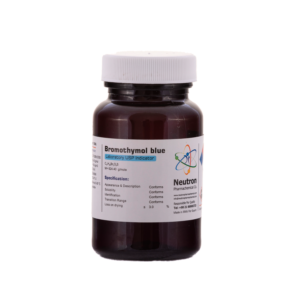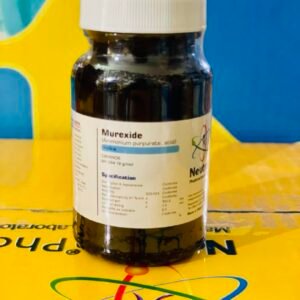Congo Red is an organic azo dye and the sodium salt of a naphthalene sulfonic acid derivative. It is water-soluble and also dissolves in organic solvents. Due to its aromatic structure, Congo Red tends to form π–π stacked aggregates, especially in high concentrations, low pH, or high salinity conditions.
🏭⚗️ Synthesis
Congo Red is synthesized through diazotization, followed by coupling two amine-substituted naphthalene sulfonic acid units with a biphenyl core. This process forms a double azo structure with strong dyeing properties.
🧪 Applications
• Amyloidosis Diagnosis: Congo Red is widely used in histology to stain amyloid fibrils. Under polarized light, stained samples exhibit a characteristic apple-green birefringence, confirming amyloid presence.
• Staining of Cell Structures: It is used to stain the cell walls of fungi, plant tissues, and the outer membranes of Gram-negative bacteria.
• Bacterial Identification: Specifically used for identifying Shigella flexneri serotype 2a by binding to its unique lipopolysaccharides.
• Type III Secretion Studies: Congo Red can induce secretion of virulence factors (IpaB and IpaC) in Shigella, useful in infection mechanism studies.
• Confocal Microscopy & Flow Cytometry: Applied as a fluorescent stain to detect protozoan cysts like Acanthamoeba and Naegleria.
• pH Indicator: Changes color from blue to red between pH 3.0–5.2, making it useful as an acidic pH indicator. It also displays metachromatic properties when binding to strongly acidophilic tissues.





